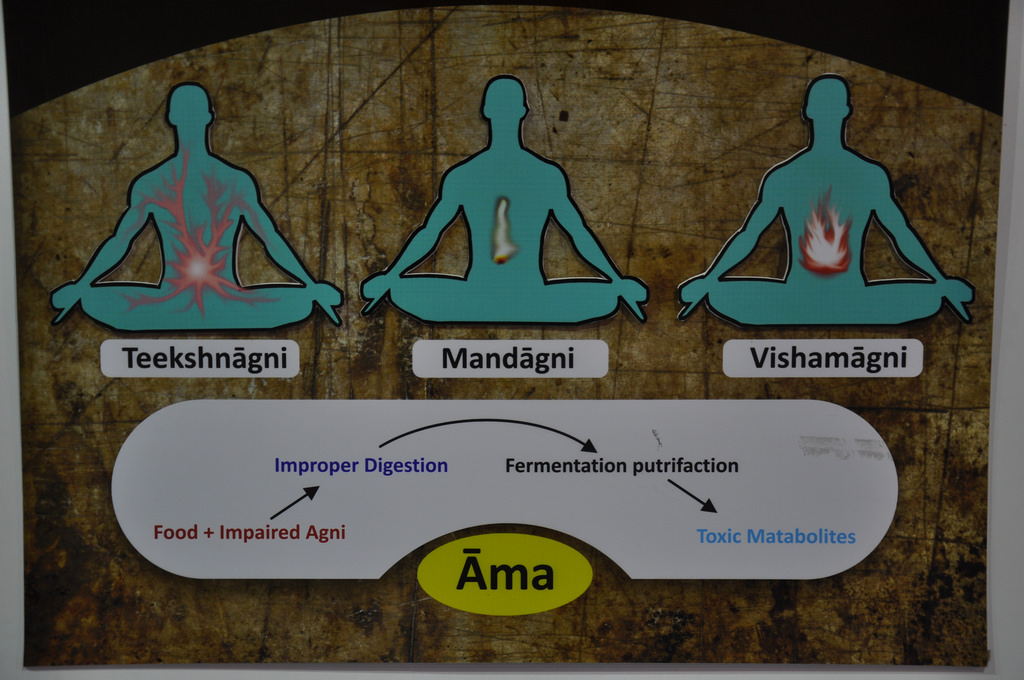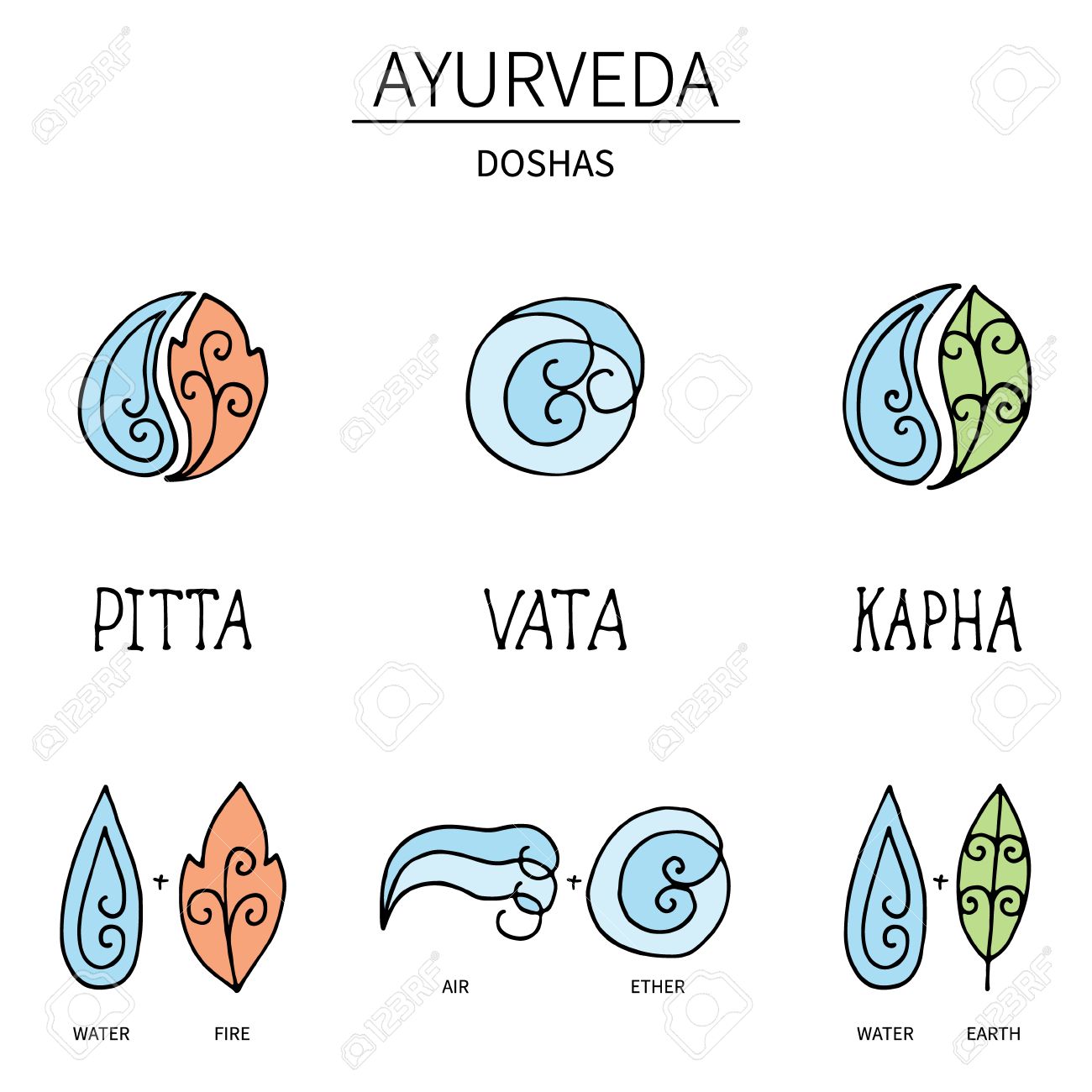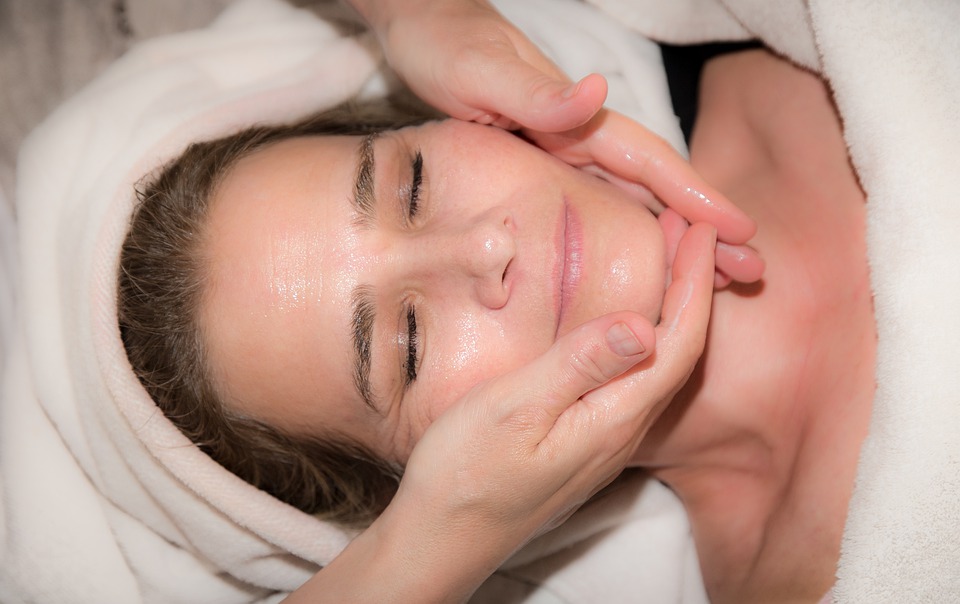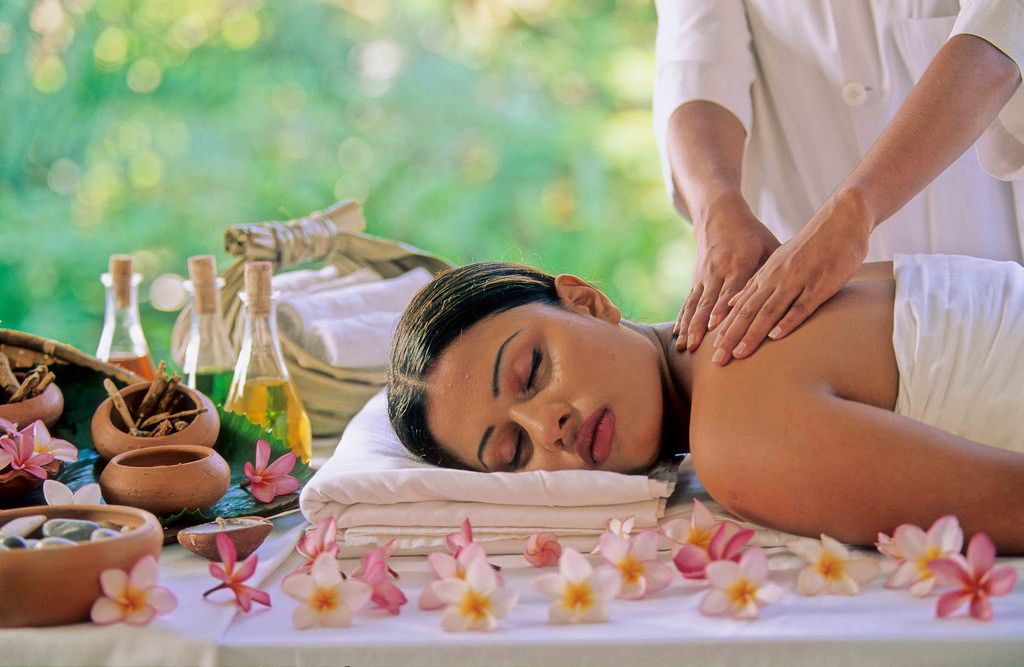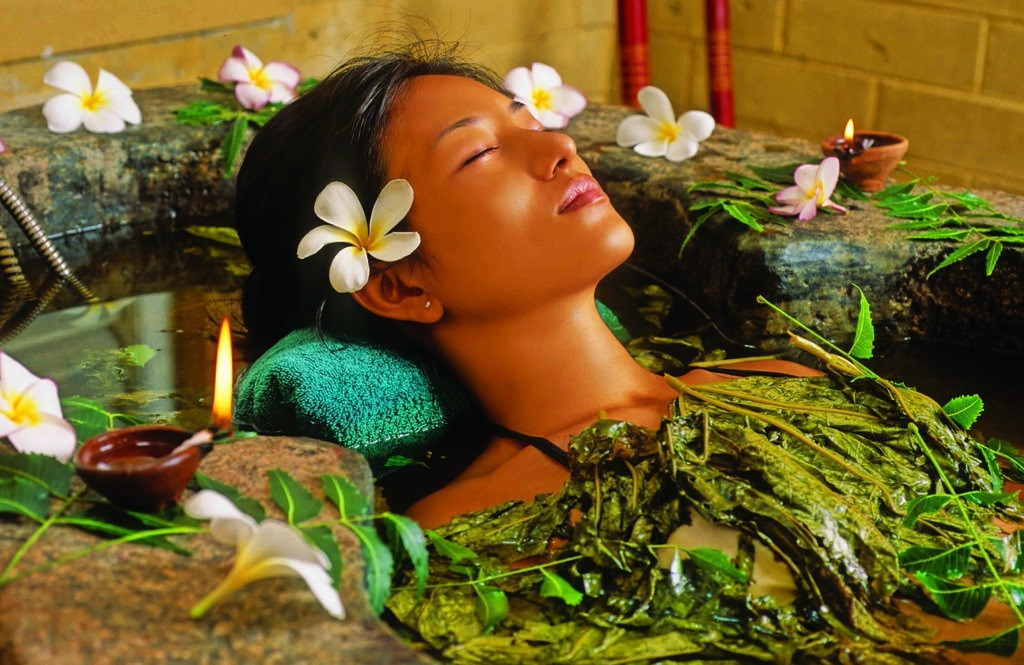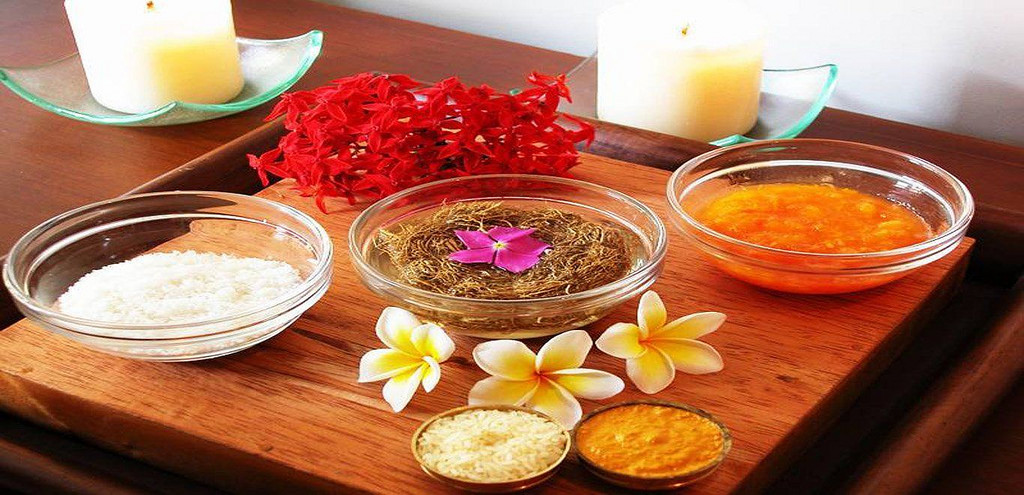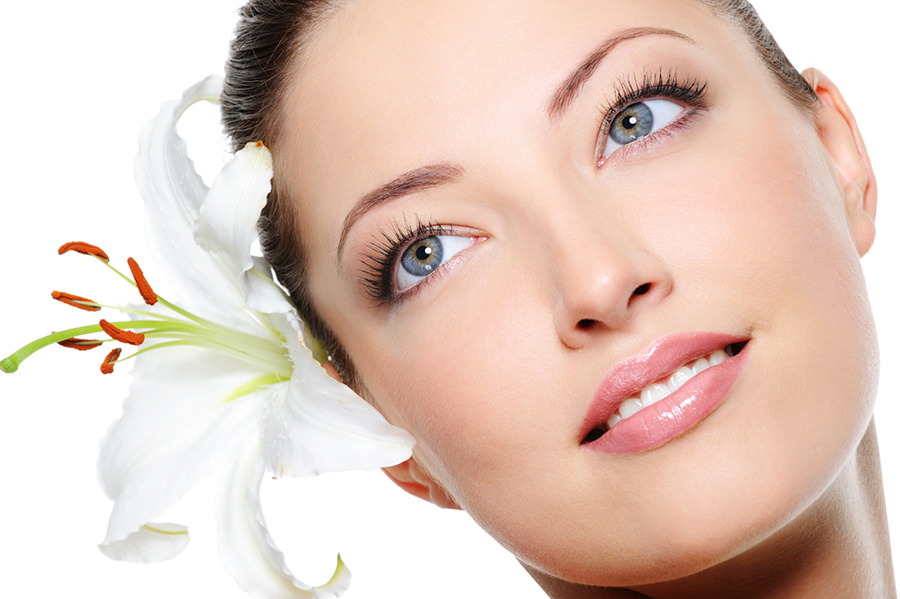Paralysis is a condition that completely derails the normal functioning of specific muscles or almost the entire muscular system. The complete loss of mobility of the affected area is the result of interference in the nerve impulse transmission from the brain across all the muscles of the body. Ayurveda terms paralysis as pakshaghat. There are different types of pakshaghat depending on the affected regions of the body. Today’s stressful life has indeed contributed to increasing incidence of paralysis. What causes paralysis? How can we use Ayurveda for paralysis management effectively? Let’s find out
What are the types of paralysis?
Paralysis can affect the entire body, sarvang pakshaghat, or specific portions of the body, such as the face, one side of the body, the face, the limbs, or the trunk and limbs. Each type of paralysis has a specific term – from monoplegia to hemiplegia.
What are the symptoms?
A critical characteristic of paralysis is loss of all voluntary movements in the affected part, along with muscle stiffness and painful spasms. In certain conditions it affects speech and other activities of daily living, leading to depression.
What causes paralysis?
Ayuveda considers paralysis to be an imbalance of the vata roga. Since vata roga is responsible for coordinating movements of the body, any imbalance caused by vata roga will affect the muscular movement. The core issue in paralysis is the lack of communication between the nervous system and the muscular system. The condition can affect the entire body or can be localized. It can also be a lifelong condition or a temporary setback. Paralysis often results from worsening of other pre-existing conditions, such as stroke or high blood pressure, head injury, autoimmune disorders such as multiple sclerosis, transient ischaemic attack, cerebral palsy, exposure to toxins such as botulin, or even sudden mention stress. Today’s stress-prone lifestyle is also a critical cause of increasing incidents of paralysis.
In most of these conditions, the smooth flow of blood to the brain is affected, so the brain does not receive the oxygen and other critical nutrients that it needs. Hence the nerve cells weaken and die. This leads to a complete lack of communication with the muscles in the region that are connected to these nerve cells. Often the nature of the symptoms provides a clear indication of the specific nerves that are affected and the cause of the paralysis.
What are the options in Ayurveda for paralysis management?
Ayurveda approach focuses on regaining the vata roga balance and correcting the patient’s lifestyle. My treatment plan depends on the specific patient’s condition, the type of paralysis, the cause, the person’s physical and mental strength and other details. Hence at my Ayurveda hospital in Chennai, my first step is a detailed assessment of the patient and planning a condition-specific protocol. Each patient requires a unique treatment approach, which includes panchakarma treatment, pizhichil, shirovasti, food, medications, and long-lasting lifestyle changes. This is certainly a slow process and the time to rehabilitation will vary from person to person, and definitely on the extent of disruption that paralysis has caused to the body. Here is a quick summary of the specific advantages each treatment protocol can achieve.
Panchakarma is critical for complete detoxification, improvement of circulation, and enhancement of muscular strength. However, it is physically taxing. Hence, we Ayurveda doctors first assess the patient’s fitment before proceeding to this treatment modality.
Other physical treatments include abhyangam, pizhichil, shirodhara, sarvangadhara, and other approaches that use the power of three techniques, medicated oils and fluids, steam, and massage. Expert therapists can use strict techniques to stimulate muscles, nerve endings, circulation, mind, and body over a period of time, reducing stress and increasing wellness.
Internal medications focus on restoring the body’s agni and strengthening the nerves and muscles, along with rasayanas that stimulate body nourishment and pacify the vata.
Food intake is monitored and controlled strictly, allowing warm food and fluids and completely banning junk food and cold food intake. Strict adherence to meal times and eating healthy and fresh food makes a world of difference.
Lifestyle changes are specific to the person’s health, body constitution and living conditions, controlling the sleep cycle, extent of activity, relaxed environment, and stress-free living options.
When you choose Ayurveda for paralysis management, you must understand that there is no one treatment option that will bring any magic cure. It is a long process and the result depends on the patient’s current condition and individual situation. Hence always go in for a detailed assessment with an experienced Ayurveda doctor instead of blindly jumping into treatment options as intense as panchakarma treatment. This condition requires a lot of patience and dedicated effort by the right expert.
Contact me for any questions you have about approaches in Ayurveda for paralysis. You can connect with me at http://www.miayurveda.org/ or call me at +91-9444615161.

